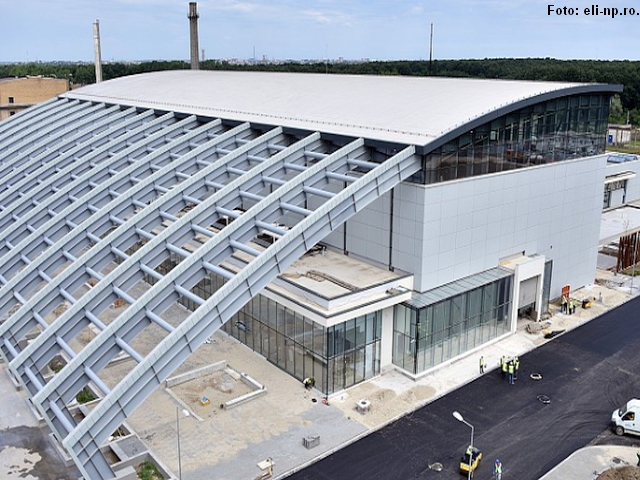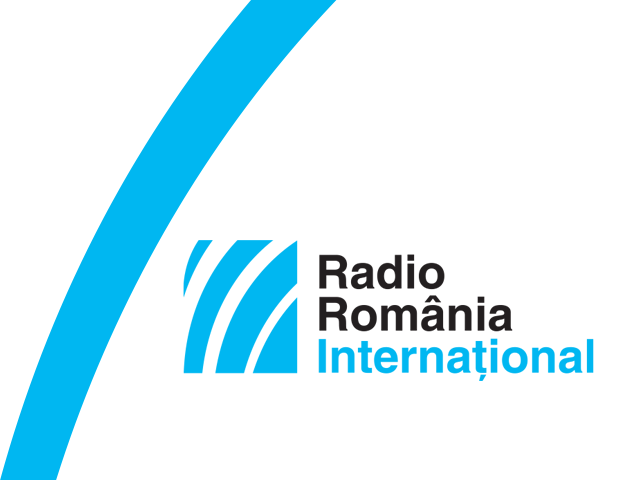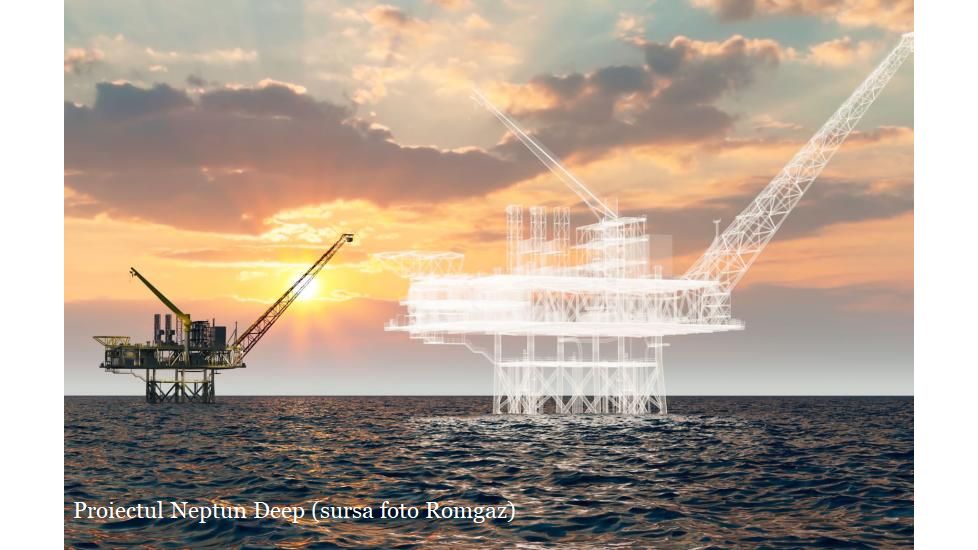The Laser in Magurele is operational

România Internațional, 20.07.2018, 12:14
The laser in Măgurele, near Bucharest, has been assembled and the final tests have been completed. ELI-NP, Extreme-Light Infrastructure-Nuclear Physics, the most powerful laser in the world at this moment, is made up of two 10-peta-watt lasers, two 1-peta-watt lasers and two 100-terawatt lasers. The system, designed to develop 10% of the Suns power, will run jointly with another system, the only one of its kind in the world, which produces a gamma-ray beam. The system in Măgurele is the outcome of over 30 years of global research, in which billions and billions of dollars were invested. It uses the most advanced, high-end technology of the moment. The mirrors of the laser, for instance, are unique in the world, and nothing similar has ever been made, Magurele officials have said. The project started in 2013 and will be fully completed in 2019.
Academician Nicolae Zamfir, the director of the project, told us about the development of this project, which was only an idea a decade ago, and which is designed to help European research and innovation to keep up with the competition of the US, China and of other major players in the field. Nicolae Zamfir:
“I believe nobody expected such a fantastic evolution. It was only an idea 10 years ago, and now we see that ELI is no longer a mere blueprint, it really exists. Three facilities have been built and they will soon be fully equipped. In brief, it is an extraordinary progress, for such a large scale project to reach its final stages in just 10 years.”
The whole structure, weighing 100,000 tons, is placed on a platform supported by 1,000 pillars on springs and shock absorbers. The technical solution for the building, worked out by Romanian experts, has been designed to keep the laser beam and the gamma-ray beam aligned. All this is because the structure must not move more than one micron, in case of an earthquake.
The costs amounted to 350 million Euros. 20% are covered from government sources and the rest from non-reimbursable funds from the European Commission. Thirteen countries took part in the competition to host this European project, not only in order to get the European funds at stake, but also to seize the opportunity of being part of an outstanding breakthrough, in a field in which they had long been interested. Romania is now a major player, says Nicolae Zamfir, who announced that Măgurele will also host an ELI-ERIC research institute:
“We try to lay the foundations of the future ELI-ERIC institute, a new type of institution, recently approved by the European Parliament, which will be governed by EU rules. We hope that Germany will become a member of the consortium, together with the host countries. Of course, Romania, Hungary, and the Czech Republic will be members, but we also need the presence of other countries, both for their scientific know-how, and for their financial strength. We expect the entire European scientific community to take part in the experiments we will run here.”
ELI-LP is regarded as a remarkable project not only for Romania, but also for the European Union as a whole. The Chairman of the German Bundestag Committee on Foreign Affairs, Gunther Krichbaum, who has recently visited Măgurele, has underlined the need to develop such extensive, wide-scope European projects, which can assure the blocs competitiveness in relation to the US, Japan and China.
Speaking about ELI and the future ELI-ERIC structure, Gunther Krichbaum has said the project offers a huge opportunity, and praised the determination of all those involved in it. The German official also said this is only the beginning and that other projects will follow suit, because Romania has highly skilled people and good universities. In Krichbaums opinion, this is a way to avoid brain drain, enabling Romania to ensure good career prospects to its highly qualified citizens.
The research works in Măgurele will have a significant impact in many areas, such as physics, astronomy and medicine. In 2010, when a White Book of the ELI-NP project was issued, experts highlighted over 200 experiments which are to be made using these one-of-a-kind pieces of equipment. Some of them have to do with ultra high field research in the domain of medicine, for fighting cancer, for instance, others with outer-space technology, by creating cosmic radiation resistant materials to protect astronauts on their way to Mars.
As an ELI-ERIC host-country, Romania will see its own national scientific research field improved, will strengthen its presence in the European and international circuit, and will also contribute to know-how exchanges and to technologic development, which is an issue of high interest for world and economic research. The project will also create the prerequisites for further technology transfers and for boosting economic development, by means of attracting investors and of setting up science and technology parks and industrial parks.






























